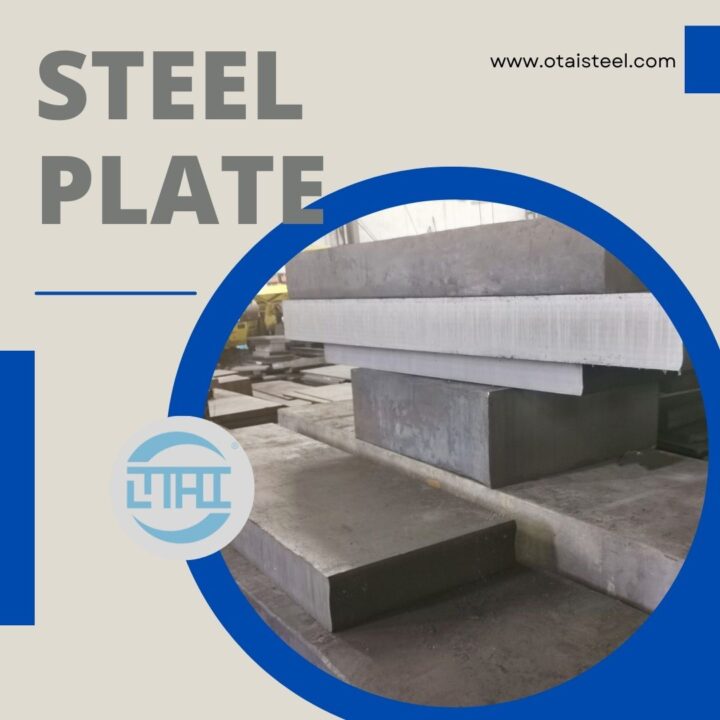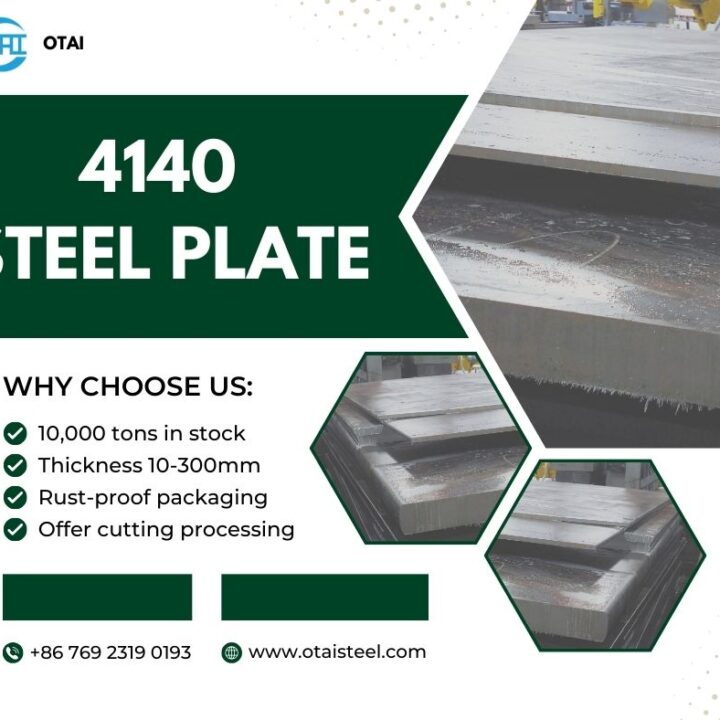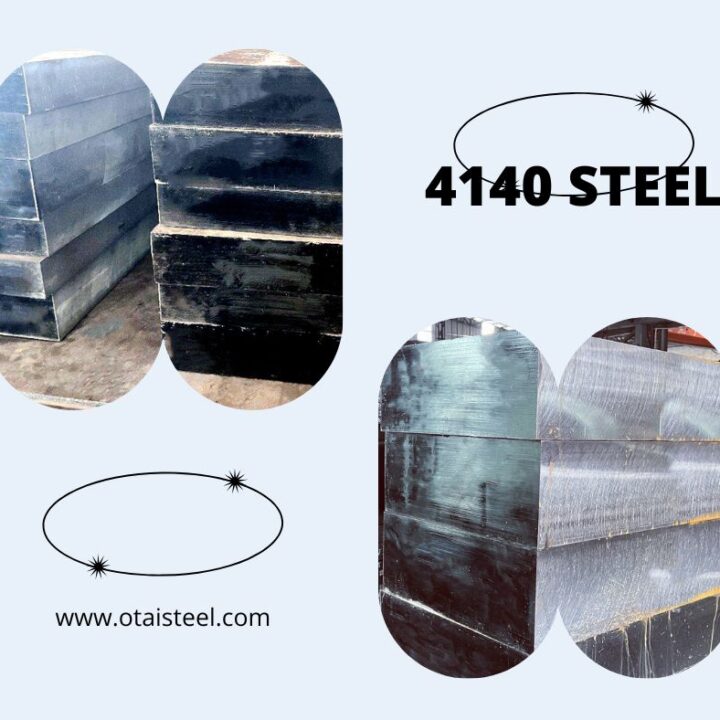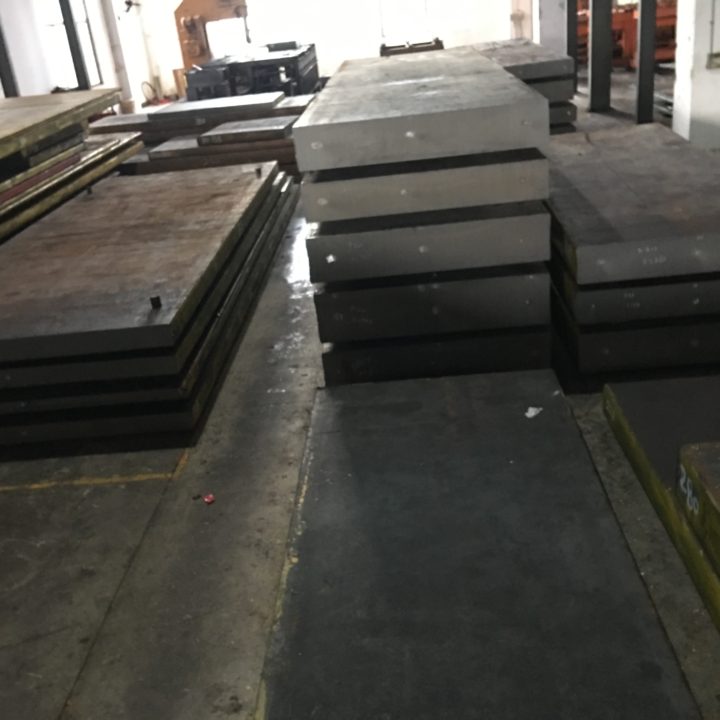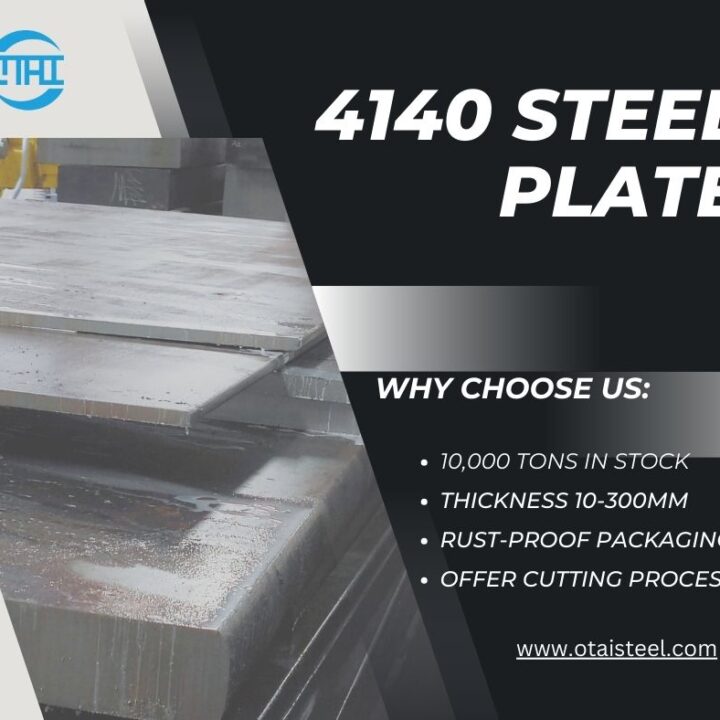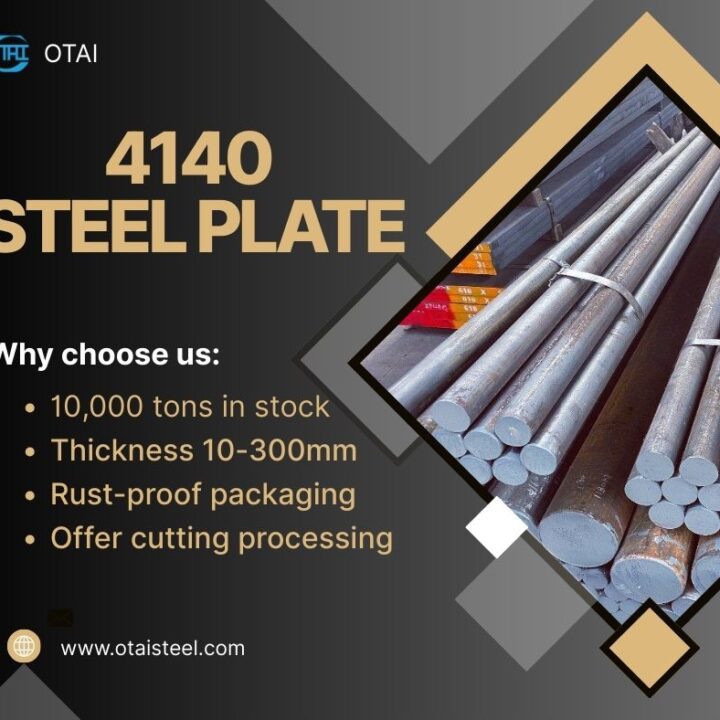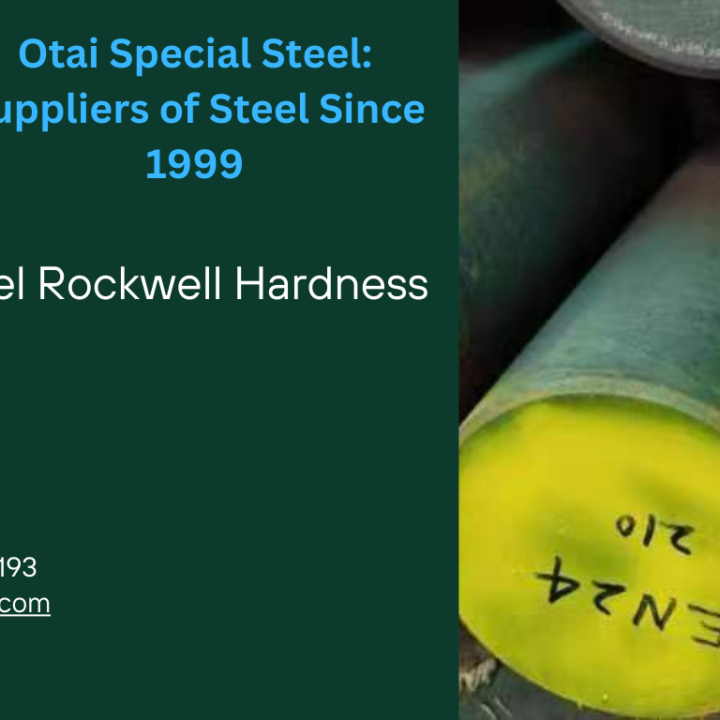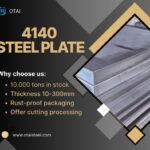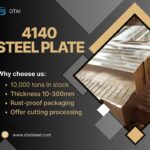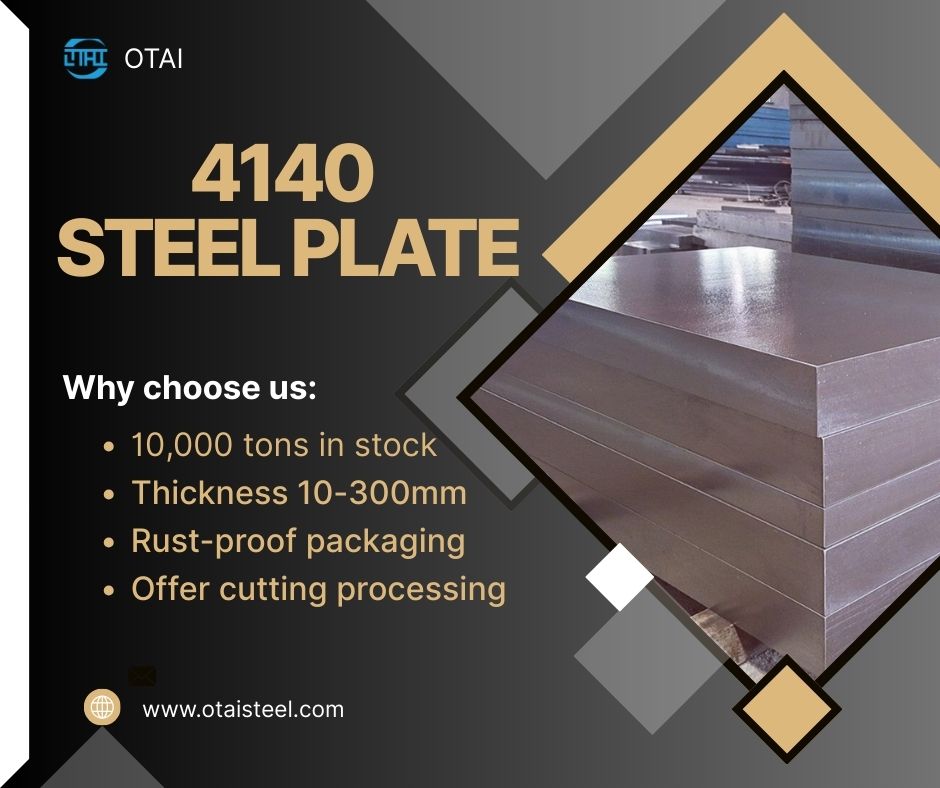 Is 4140 Steel Good for Knife Making?
Is 4140 Steel Good for Knife Making?
If you’ve ever wondered “is 4140 steel good for knife making”, you’re not alone. Knife makers, blacksmiths, and even hobbyists frequently ask whether this popular alloy steel can work as a blade material. Let’s dig deep into its chemical composition, hardness, machinability, heat treatment response, and see whether knife making with 4140 steel is a smart choice.
🌟 What is 4140 Steel?
4140 steel is a chromium-molybdenum alloy steel known for its combination of toughness, strength, and wear resistance. Its typical composition includes:
| Element | Percentage (%) |
|---|---|
| Carbon (C) | 0.38 – 0.43 |
| Chromium (Cr) | 0.80 – 1.10 |
| Molybdenum (Mo) | 0.15 – 0.25 |
| Manganese (Mn) | 0.75 – 1.00 |
| Silicon (Si) | 0.15 – 0.35 |
This mix gives 4140 steel high impact resistance and good fatigue strength, which makes it ideal for gears, shafts, and automotive components. But does that mean it’s a good candidate for knives?
🔧 Pros of Using 4140 Steel for Knives
Many knife makers experiment with 4140 steel for knives because of its workability and durability. Here are the main advantages:
-
Excellent Toughness – 4140 steel resists cracking under impact, making it good for large choppers or survival tools.
-
Good Machinability – Compared to high-carbon tool steels, 4140 machines relatively easily, especially in the annealed condition.
-
Affordable and Widely Available – You can find 4140 steel bar stock and plate almost anywhere, which makes it attractive for first-time makers.
-
Good Heat Treatment Response – Proper quenching and tempering can bring the hardness up to around HRC 50–55, enough for a functional cutting edge.
⚠️ Cons and Limitations
Despite its benefits, there are reasons why 4140 isn’t the top choice for most knife makers:
-
Lower Carbon Content – With ~0.4% carbon, it doesn’t reach the hardness or edge retention of tool steels like 1095 or D2.
-
Moderate Edge Holding – 4140 steel edge retention is limited; the blade may dull faster with heavy use.
-
Requires Careful Heat Treatment – Overheating during quench can cause warping or microcracks.
-
Not Stainless – It can rust if left unprotected, so you must oil it regularly.
🔥 Heat Treatment Tips for 4140 Knife Blades
If you decide to try knife making with 4140 steel, heat treatment becomes critical. A basic process looks like this:
-
Normalize: Heat to ~870 °C (1600 °F), then air cool to refine grain structure.
-
Austenitize: Heat to ~845 °C (1550 °F) and hold to allow full transformation.
-
Quench: Use oil or polymer quench to achieve hardness.
-
Temper: Reheat to 200–600 °C (400–1100 °F) depending on desired toughness.
Proper tempering can achieve a hardness range of HRC 28–50, with higher tempering temperatures resulting in softer, tougher blades.
🔄 4140 Steel vs. Common Knife Steels
| Property | 4140 Steel | 1095 Carbon Steel | D2 Tool Steel |
|---|---|---|---|
| Carbon Content | 0.4% | 0.95% | 1.5% |
| Max Hardness (HRC) | ~50–55 | ~65 | ~62 |
| Edge Retention | Moderate | High | Very High |
| Toughness | High | Medium | Medium |
| Corrosion Resistance | Low | Low | Moderate |
This comparison shows that 4140 steel knives excel in toughness but can’t compete with tool steels in edge performance.
🛠️ When to Use 4140 Steel for Knives
-
Great for Practice: Beginners can practice forging and heat treating without worrying about wasting expensive steel.
-
Good for Large Blades: Ideal for machetes, camp knives, and impact tools where toughness matters more than extreme sharpness.
-
Budget Projects: Perfect when cost is a factor and the knife won’t see heavy culinary or fine cutting use.
🏭 Company Advantages – Why Choose Us as Your 4140 Steel Supplier
At Otai Special Steel, we stock a large inventory of 4140 steel bar and plate from 6mm to 300mm thickness. Here’s why global customers trust us:
-
✅ 10,000+ tons of stock, ready for quick delivery.
-
✅ Custom cutting service to provide exact sizes for knife blanks or projects.
-
✅ Heat treatment service available to deliver pre-hardened material if requested.
-
✅ Strict quality testing – ultrasonic (UT), composition check, and SGS inspection available.
-
✅ International experience – we supply major clients worldwide and understand export requirements.
❓ FAQ – Knife Makers’ Common Questions
Q1: Can you make a functional knife out of 4140 steel?
Yes, especially for large, tough knives, but it won’t have the edge retention of higher-carbon steels.
Q2: What hardness should I target for 4140 knives?
HRC 50 is a good balance between edge strength and toughness.
Q3: Does 4140 steel rust easily?
Yes, it’s not stainless. Apply oil or protective coatings regularly.
Q4: Should beginners use 4140 for knife making?
Absolutely. It’s forgiving to work with and relatively inexpensive, making it ideal for practice.

